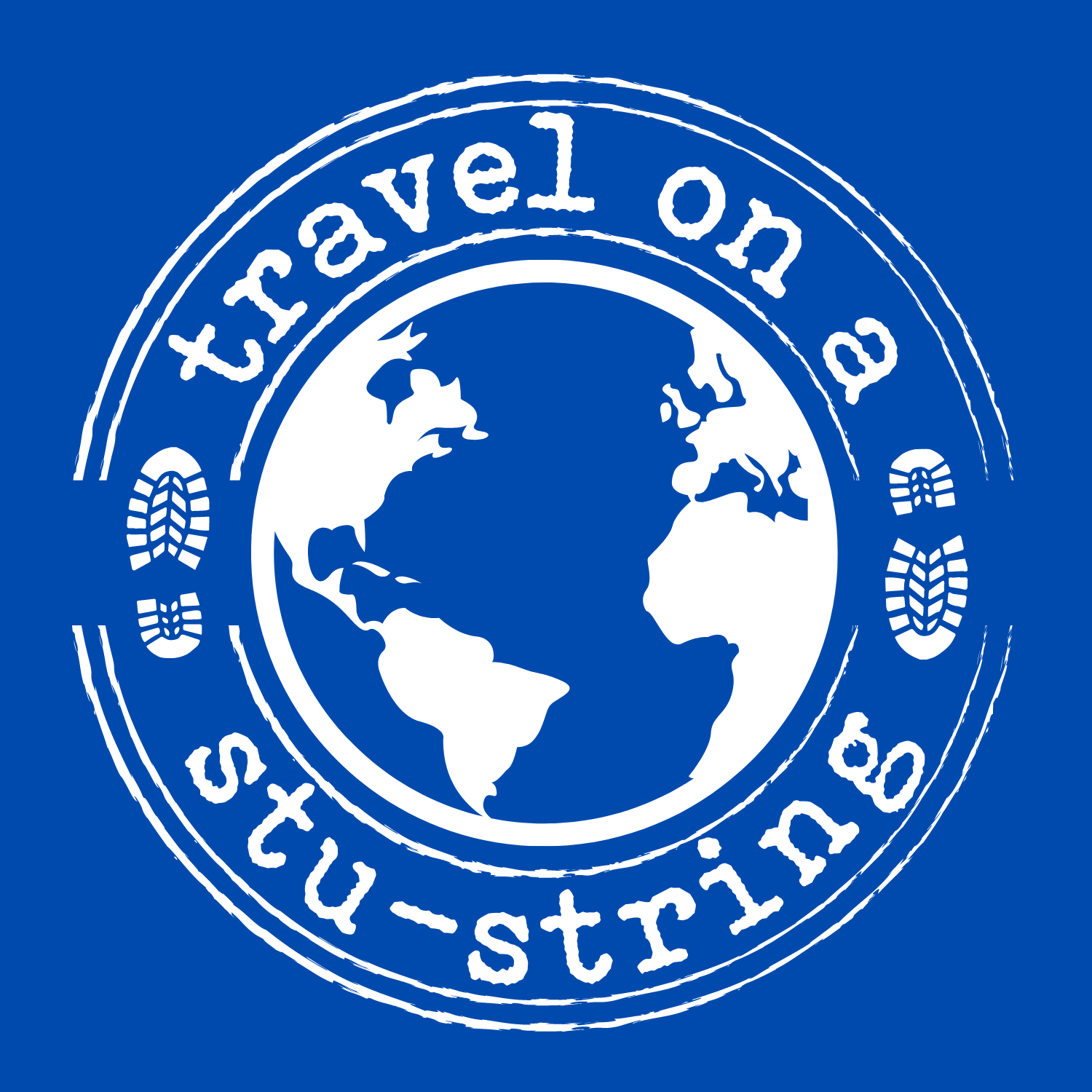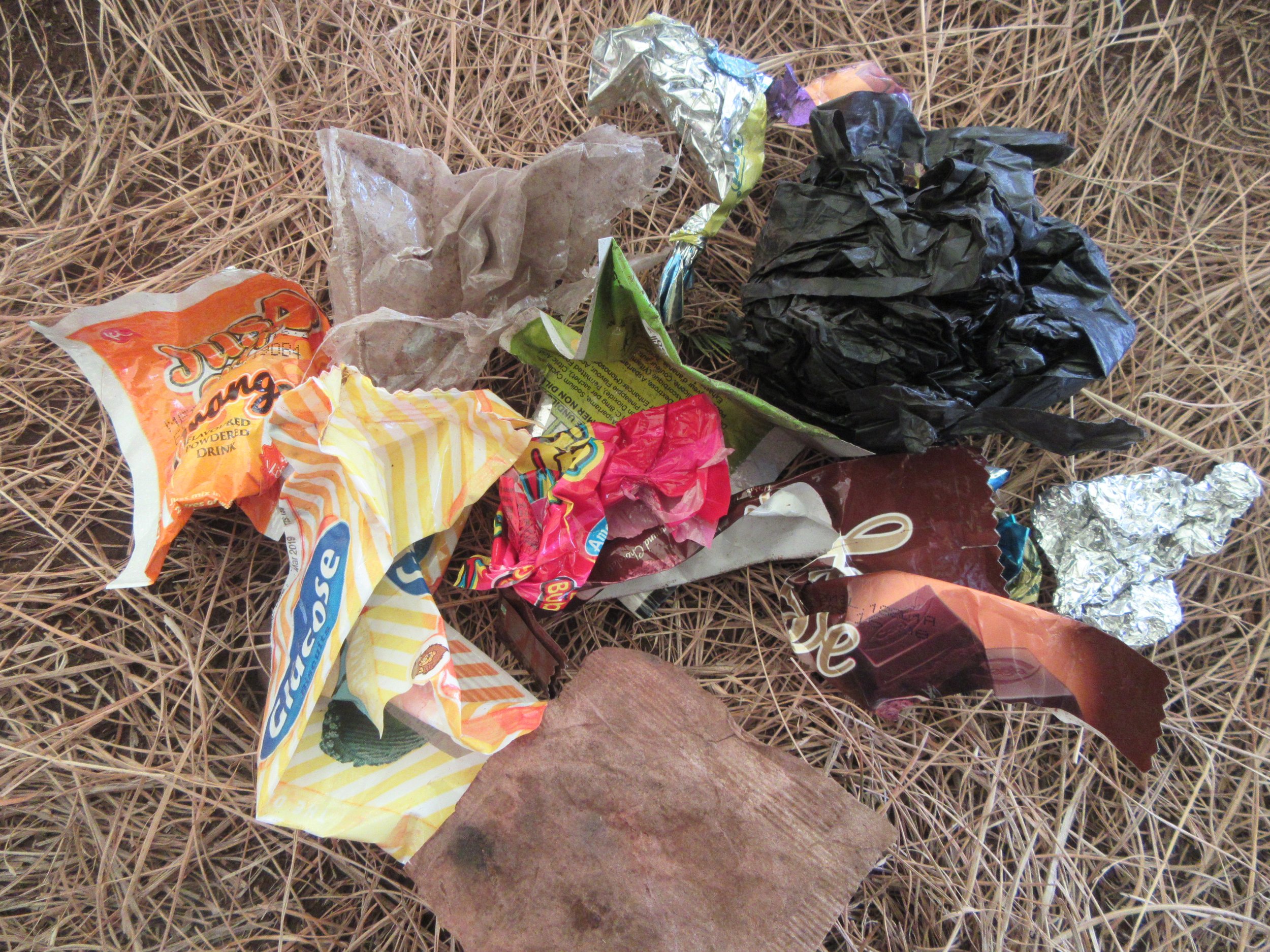Top 10 Tips for Altitude Hiking
For many people, climbing a mountain is an essential travel experience. It might be a once in a lifetime adventure to Everest Base Camp or Mt. Kilimanjaro, or a regular pursuit. Hiking at altitude, the effects of which kick in around 4,000 metres (13,000 ft), is something for which you need to prepare your body and mind. These 10 tips, gathered from experiences in Asia, Africa, and South America, can help make your journey more enjoyable, comfortable, and successful.
Keep your belly full.
It is common for your appetite to diminish at altitude. You may feel nauseous and find it difficult to eat, however, it is important that you eat as much as you normally would, if not more.
‘Your stomach is your first sleeping bag,’ explained my guide on Mt. Kenya.
Hiking at altitude requires a great deal of physical strength and cannot be done on an empty stomach, so, even if you need to force yourself, be sure to finish your meals.
Preparing meals on Peru’s Inca Trail and in Nepal’s Annapurna region.
Stay hydrated.
Staying hydrated is important for all outdoor activities and especially so when hiking at altitude. On Mt. Kilimanjaro, our guide encouraged us to pre-hydrate, by drinking one litre of water before we set off each morning. It is a philosophy that I have since adopted for all my hikes. Water provides your body with extra oxygen and can also help to reduce headaches.
Practice breathing techniques.
At some stage during your climb, you will find yourself short of breath. It makes no difference whether you’re a novice or an expert. The higher the altitude, the thinner the air. If you do find yourself short of breath, slow down or stop and take deep, slow breaths. Breathe in through your nose, hold, and then breathe out through your mouth.
You may want to practice breathing techniques during your training. Some guides have told me that smokers and asthmatics have less difficulty at high altitudes, but I am not recommending you take up smoking as part of your preparation!
Summit of Mt. Kinabalu, Malaysia
Take a break from coffee.
For many people this may be the dealbreaker, but please, hear me out.
In preparation for multi-day hikes I always wean myself off coffee. The benefits of quitting coffee are many, including better sleep, improved energy balance, reduced anxiety, and, if you’re hiking solo, less stuff to carry. The most beneficial of these, when hiking at altitude, is improved sleep. Allowing your body to rest and recover is crucial to your chances of summitting, and anything you can do to support that is worthwhile. Tea is an ideal replacement for coffee, and I have found that Earl Grey and dandelion tea are the best during the weaning off process. Various teas are also recommended by guides in Nepal, Tanzania, and Peru.
A morning sunrise always beats a morning coffee.
Spend on hiking shoes.
Anyone who has hiked in the Global South will have marvelled at the porters who scale mountains in threadbare sneakers while carrying loads of 20 – 30kgs. Nevertheless, sturdy footwear is essential for anyone wanting to climb a mountain. Investing in a proper pair of hiking shoes will ensure your days are comfortable and enjoyable. Remember to break in your shoes before the hike – getting blisters halfway up a mountain is not fun!
Another treat to consider is hiking socks. While they can seem expensive at first, they are a comfort that you will be thankful for when on the mountain.
Hiking towards ‘The Roof of Africa.’
Prepare your body and mind.
Hiking at altitude is difficult and requires a good level of both mental and physical fitness. Weekend day walks, with heavy packs, are an excellent way to train your body. There are many other everyday habits you can include too – take the stairs instead of the elevator, park your car far from the shop entrance, and walk uphill as much as possible. All these ‘one percenters’ will pay off when you are nearing the summit.
Mental fitness is harder to develop, though just as important. I have often seen hikers overcome a lack of physical fitness with their advanced mental toughness. The one tip I can offer is that if you are not 100% dedicated to reaching the top, and you just kinda want to do it, then it’s unlikely that you will.
Khare to High Camp on the Mera Peak hike
Expect the unexpected.
When hiking in a group, as is required on some routes, do not rely on your guide for everything. It is recommended that you have some knowledge of the route and conditions. How much elevation gain is there, and what is the terrain like? How many kilometres will you walk each day? How many hours? What is the weather forecast? What happens if someone falls ill, or the guide does? Is there a turn-back point? What does it feel like to have altitude sickness?
When hiking Mt. Kilimanjaro one of our guides caught a chill on the way to the summit. He returned to base camp, and we summitted with the support of his assistant and other guides. On Mt. Kenya, I joined another group, as my hiking partner was considerably slower than me. There are many unpredictable events that can happen on a mountain, so it is important to be prepared for as many as possible.
Landslide danger in Nepal’s Annapurna region.
Dress to succeed (not to impress).
Hiking at altitude demands that you are prepared for all weather conditions. Here, the layering system is recommended. A thermal shirt and pants are essential for insulation. After that, a long-sleeve shirt, fleece, and a down jacket or windbreaker, depending on the conditions. Long pants are recommended for altitude hiking. I usually hike in shorts, though because of the cold and slow pace of altitude hiking, pants are best.
Depending on other factors, temperature, rain, time of day, and wind, you may want to add another waterproof or windproof layer. I keep my rain jacket at the top of my bag so it is accessible quickly and easily. The layering system ensures that you can quickly warm up or cool down without too much effort. It is important not to underestimate the weather on a mountain, including the wind on the summit. Conditions can also change quickly, and you must be prepared for anything.
Other clothing essentials include a beanie, gloves, a buff, sunglasses, and a scarf.
Atop a windy Mt Kenya, 2023
Stocking stuffers.
The more hiking you do, the more tips and tricks you will pick up along the way. There are many small items that you can stuff into your pack that will be helpful along the way.
Lip balm – cold air and long hours outdoors will inevitably result in chapped lips.
Sunscreen – even on overcast days, the risk of sunburn is real, while snow burn is another consideration.
Hand sanitiser – since covid we have all become used to having those little bottles on hand, and they are invaluable for maintaining good hygiene on a mountain.
Lozenges – particularly useful when you are sharing common areas with other hikers. Others might be coughing and sneezing, and it can be helpful to have some cold and flu tablets available.
Handkerchief – the dry mountain air can sometimes result in bloody boogers or a bloody nose. Having a few hankies available will be more helpful than tissues.
Plastic bags – small plastic bags can be helpful for storing and collecting waste like chewing gum, band aids, food wrappers, and so on.
Scented tealight candles – take one of these when you go to the toilet. You will know why when you get there!
Leave No Trace.
The final tip for hiking, whether at altitude or not, is to follow Leave No Trace principles. These principles were first developed in the mid-20th century and formalised in the 1990s. The seven LNT principles are designed to minimise human impact on the places we love to visit so they can be preserved for future generations. Unfortunately, many hikers (and guides and porters) ignore these principles and drop rubbish along the trails. Wrappers, packets, cigarette butts, and plastic bottles are not only an eyesore but also a hazard to the local environment. I always try to pick up what I can along the way, and it’s great if others can too.
For more information visit on the principles, visit the Leave No Trace website.
Rubbish collected along the trail.
These top 10 tips are gathered from solo hikes and group trips, and from mistakes and successes, through trips in Asia, Africa, and South America. Do you have your own tips for hiking at altitude? Please share them in the comments section below.
Updated: May 2025









